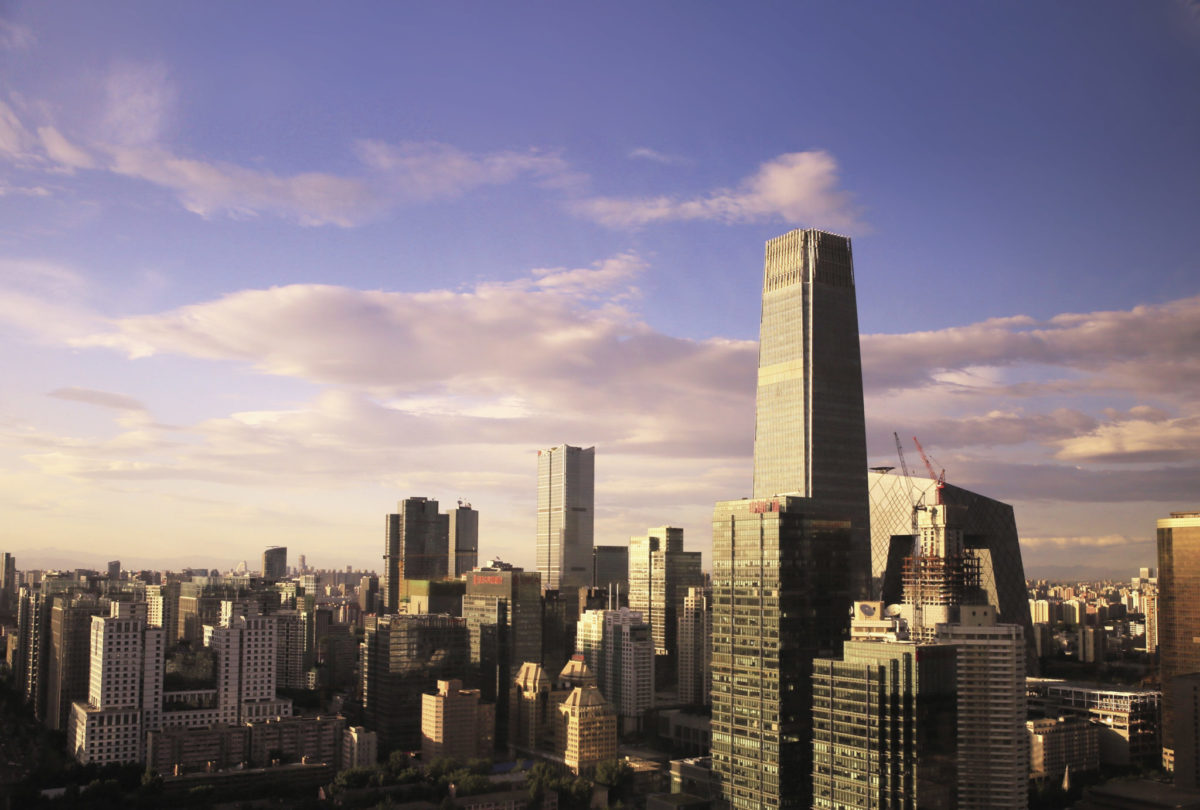From pv magazine global
When China’s PV sector sneezes, the global solar industry catches a cold. Some 11 months on from Beijing’s shock decision to rein in public solar subsidies, the central authorities hope to have doled out the cough medicine.
The Price Bureau of China’s National Development and Reform Commission (NDRC) yesterday confirmed the level of solar FIT payments that will be made to PV projects from the start of July, albeit with a hefty caveat.
China-based consultancy the Asia Europe Clean Energy (Solar) Advisory (AECEA) has reported the FIT rates announced by the NDRC firm up figures already issued in consultation documents that have come out of weeks of talks in Beijing between the authorities and renewable industry representatives.
However, the AECEA reported today, the FIT payments publicized “are for guidance and subject to competition”. As previously outlined, China wants to incentivize solar projects to operate at “grid parity”, ie, without subsidies from central government. As a result, local authorities are expected to hold auctions among developers aiming to secure FIT payments. The results will be collated by the National Energy Administration (NEA) which will then allocate FIT payments only to the most competitive projects.
FIT levels by zone
Yesterday’s announcement confirmed guidance FIT levels of RMB0.40/kWh ($0.059) for ground mounted projects in northern China and Inner Mongolia, designated as Zone 1. Large scale projects in western and central China (Zone 2) can budget on a maximum FIT of RMB0.45/kWh and such projects in the rest of the nation (Zone 3) have a guidance figure of RMB0.55/kWh.
The guidance level for poverty alleviation projects in Zones 1-3 remains unchanged at RMB0.65/kWh, RMB0.75 and RMB0.85, respectively. Commercial and industrial distributed generation schemes which include elements of self-consumption and the sale of excess power to the grid face a guidance FIT level of RMB0.10/kWh. Such systems operating purely on the FIT payment model can consider the same payment levels as those confirmed for ground-mount projects.
The NDRC confirmed residential systems will receive RMB0.18/kWh to be funded out of the RMB2.25 billion ($334 million) put aside for PV subsidies this year.
With the new regime applying from the start of July, it is unclear what sort of payments will be made in relation to the 28-30 GW of solar capacity the AECEA estimates will have been installed in China since the policy about-turn almost a year ago. The consultancy expects the NEA to address that issue during the next two months and also to announce whether, if FITs are paid, they will also have to come out of the 2019 subsidy cash pot.
Expectations revised down
Although analysts expect a rush of solar projects in the second half of the year – based on the assumption the NEA will have announced which projects are eligible for FIT payments before that point – the AECEA reacted to yesterday’s news by revising down its estimate for the amount of PV capacity that will be added in China this year, from 35-40 to 32-34 GW.
The document announcing the new FIT regime, the Improving Issues Related to Feed-in-Tariffs (FIT) for Solar Photovoltaic notice, followed an announcement by the NEA on Monday that China added 5.2 GW of new solar capacity in the first quarter, to reach a cumulative 180 GW. The NEA said 2.8 GW of the PV projects installed in the first three months of the year came in the form of distributed generation systems, with the 2.4 GW balance from ground mount schemes.
The NEA added, the national curtailment figure fell 1.7% to 2.7% during the quarter, although 12% of the solar power generated in Xinjiang is still being wasted and there are also high curtailment levels in the provinces of Gansu, with 7%, and Qinghai (5%).
This content is protected by copyright and may not be reused. If you want to cooperate with us and would like to reuse some of our content, please contact: editors@pv-magazine.com.









By submitting this form you agree to pv magazine using your data for the purposes of publishing your comment.
Your personal data will only be disclosed or otherwise transmitted to third parties for the purposes of spam filtering or if this is necessary for technical maintenance of the website. Any other transfer to third parties will not take place unless this is justified on the basis of applicable data protection regulations or if pv magazine is legally obliged to do so.
You may revoke this consent at any time with effect for the future, in which case your personal data will be deleted immediately. Otherwise, your data will be deleted if pv magazine has processed your request or the purpose of data storage is fulfilled.
Further information on data privacy can be found in our Data Protection Policy.